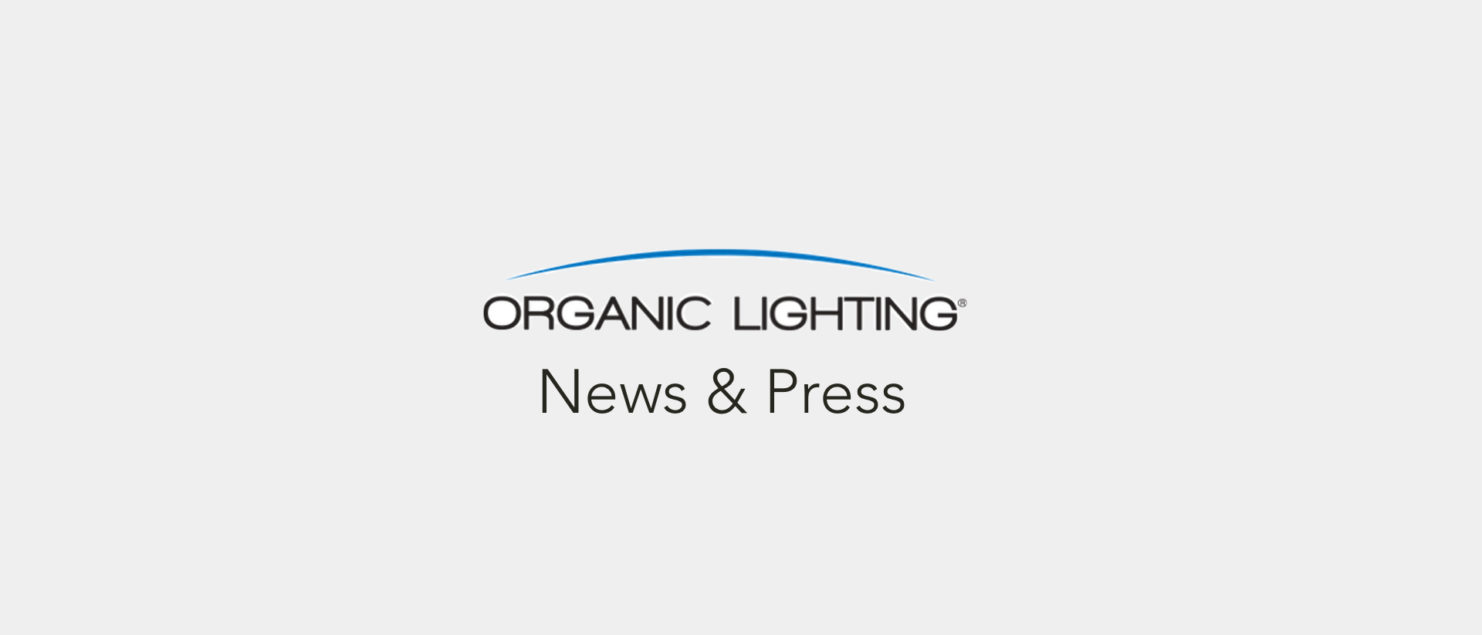Haitz Law and the Future of LED Lighting
| Haitz Law states that: Every decade, the cost per lumen (unit of useful light emitted) falls by a factor of 10, the amount of light generated per LED package increases by a factor of 20, for a given wavelength (color) of light. Haitz’s Law (see illustration) predicts an exponential improvement in the semiconductors used in LED technology. Light output per LED as a function of time, note the logarithmic scale on the vertical axis. Image: Wikipedia, CC. |
Consider Haitz Law the LED counterpart to Moore’s Law, which states that the density of transistors on integrated circuits doubles every 18-24 months. Based on Haitz Law, LEDs will overtake other lighting technologies and become the dominant way we produce light.
What this mean mean for the lighting industry and the future of LEDs:
• LEDs will capture more of the lighting market, displacing traditional technologies, until they become the dominant lighting technology.
• LEDs will continue to get less expensive, get brighter, run cooler, and become more efficient.
• LEDs will continue to come in higher quality and at more competitive prices.
• Lighting companies will have better price points and usability efficiency to offer the public.
Companies like Organic Lighting can can take direct advantage of Haitz’s Law by continually delivering and improving benefits of LED products to lighting customers ensuring that LED lighting captures an ever-increasing share of the traditional lighting market.
Read more more about Haitz Law and LED Lighting:
Wired Magazine: The Future of Lighting is LED

